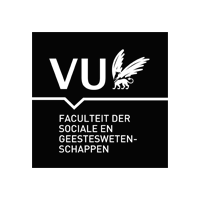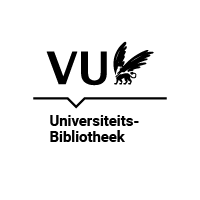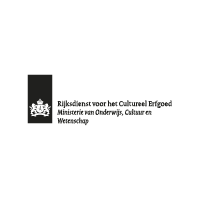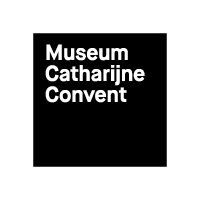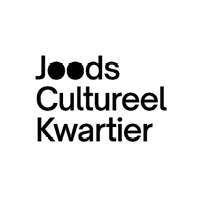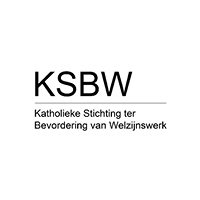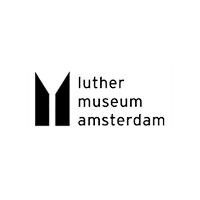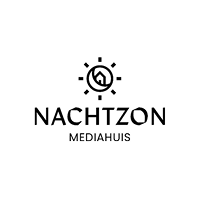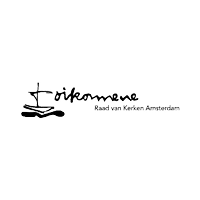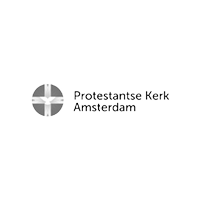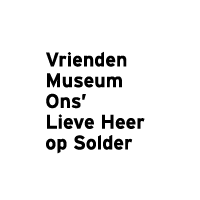Religious Heritage Amsterdam
The Religious Heritage Amsterdam project is a collaboration between museums, heritage institutions, educational institutions and faith communities in the city. It involves students and researchers from various Amsterdam educational institutions, professionals and volunteers.
Initiators are Museum Ons' Lieve Heer op Solder and the Faculty of Religion and Theology of the Vrije Universiteit Amsterdam.
Background
Religion is still omnipresent in our city and society: in the news, in art, at work, in safety, in public spaces, in what ‘new’ Dutch people bring with them and, of course, in religious communities. Therefore, knowledge of religion and religious diversity in society in the past and present is important. Misunderstanding can lead to fear, and discrimination against religious minorities.
Research
In various ways, students, researchers, volunteers and heritage professionals are guided in researching past and present religious sites in Amsterdam. The buildings and objects linked in some way to these locations tell the story of religious existence in Amsterdam. The city is seen and read through the lens of religion and the way different religions and religious movements have materially manifested themselves in the city for centuries. Research into their buildings and objects leads to the larger story of Amsterdam as a multi-religious city.
Questions such as: What is the cultural-historical context in which the object was manufactured or musealised? What is the religious perspective of the makers or patrons, the institution or community in which the object was used. How was the object acquired, placed and arranged? What meanings are attached to it and how was the object used and experienced within the religious community?
Objects with high cultural-historical expressiveness lead us into the city: to people, communities, time periods, social issues and positions, politics, trade, migration and to other religious groups.
Urgency to connect religious heritage with the current societal themes of diversity and inclusiveness was the starting point of the collaboration.
Constantly evolving
The other map of Amsterdam is regularly updated with new places, objects and stories. Not only is the formation of heritage an ongoing process, our perspectives on it change over time. Thus, the map reflects the ever-changing dynamics of the city.



